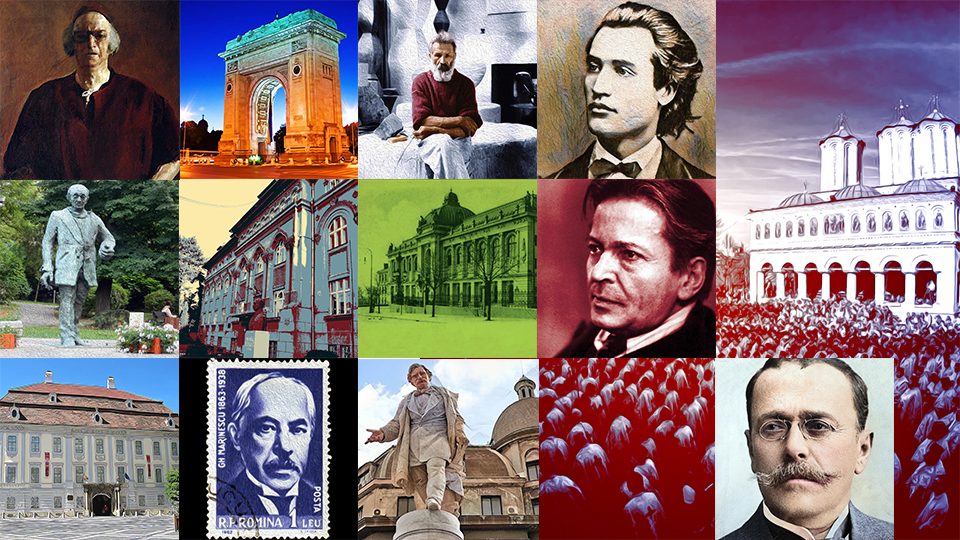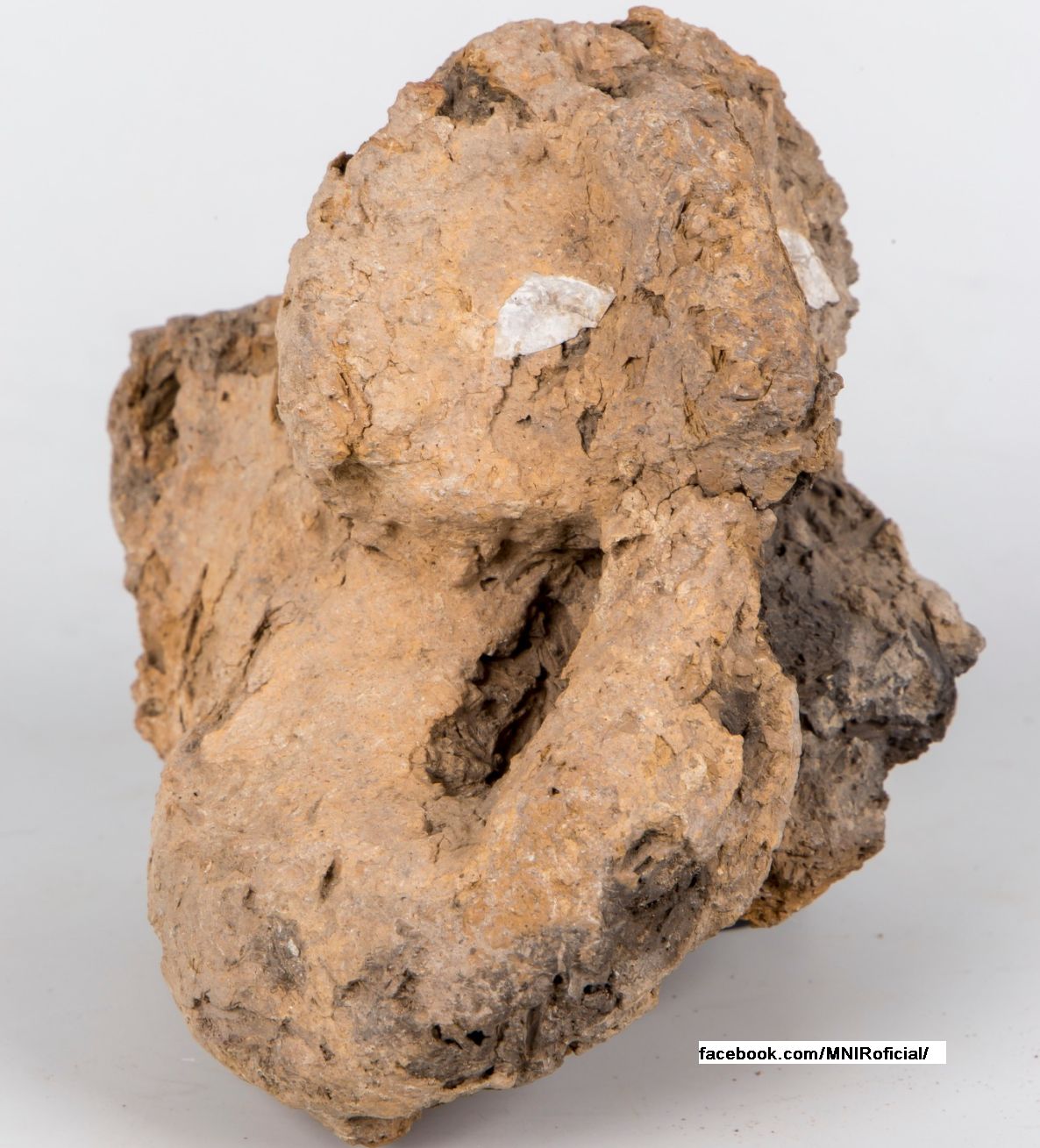Axiopolis
Dobrogea is considered the densest and most varied province of Romania from the point of view of the civilizations that inhabited it.

Steliu Lambru, 29.09.2024, 14:00
Dobrogea is considered the densest and most varied province of Romania from the point of view of the civilizations that inhabited it. On a territory of 15,570 square kilometers, the surface of the Romanian Dobrogea, there are numerous archaeological sites and recovered artifacts that attest to the existence of overlapping cultures. In the course of time, Dobrogea was part of both the Greco-Roman world and of the Black Sea area. One of the most important centers of Greco-Roman Dobrogea was Axiopolis.
On the right bank of the Danube, not far from the river, near today’s city of Cernavodă, one can find the ruins of the settlement called Axiopolis in the documents of the time. The history of this urban center spans several hundred years, its beginnings being in the Hellenistic period, between the 4th and 1st centuries before Christ, until approximately the 6th century of the Christian era. The name of the settlement is a compound noun in Greek and comes from the old Indo-European word “axsaena”, which means “black” or “dark color”, and the Greek “polis”, which means “city”. The name of the current city Cernavodă or “Black Water” is a translation that the Slavs made of the toponym when they arrived in Dobrogea at the end of the 6th century AD.
Research until the early 2000s at Axiopolis was sporadic and historical documentation inconsistent. Archaeologist Ioan Carol Opriș, a professor at the University of Bucharest, has most recently researched the Axiopolis site. Here he is with details about the location of Axiopolis: “The site is located on a hill, somewhere at the island of Hinoglu, an island that, meanwhile, became bigger and bigger, as the Danube arm grew smaller and smaller. In 1900 the arm was about 300 meters wide, so it was still a navigable arm, as it supposedly was in the Antiquity period. It is located about three kilometers from the foot of the Charles I bridge, after crossing a Cretaceous reef, a big limestone massif. In this large limestone massif, at one point in time, quarries were set up that supplied the workers involved in the construction of the Roman fortress, then of the Byzantine one at Axiopolis.”
The first excavations were undertaken by the archaeologist Pamfil Polonic, between the years 1898-1899. Polonic took rigorous photographs, made measurements and drawings, as he was also a very good surveyor. After 1900, the excavations stopped. However, illegal diggings are mentioned in 1907 and 1912 by the numismatic journals of the time. Before the outbreak of the First World War, the site came under the jurisdiction of the army and a military barrack was established there. In the interwar period, Axiopolis was researched by one of the most famous Romanian archaeologists, namely Vasile Pârvan. He believed that the settlement had been founded by the king of Hellenistic Macedonia, King Lysimachos, a general and heir of Alexander the Great, in the 4th century BC. The interest that Axiopolis aroused among Romanian archaeologists was revived after the Second World War. In 1947, the archaeologist Ion Barnea discovered an inscription which told about the martyrdom of some Christians from Dobrogea. In 2007, a new discovery put Axiopolis on the map of archaeological sites. In Balcic, the ancient Dionysopolis, an inscription was found following excavations that preceded the construction of a hotel. Its text tells of the presence at Axiopolis of a military leader Mokaporis of the Odrysian king, at the turn of the first century BC and the first century AD.
Ioan Carol Opris: “We know much better about Axiopolis that, without a doubt, it must have been an emporium (a commodities hub) in the Hellenistic era and which actually knew how to take advantage of this extraordinary position on the Danube. At the same time, it also had access to the Carasu valley, a valley with lakes. But we don’t even know for sure if there were lakes. It is possible that, in Antiquity, there was a direct communication line from somewhere far away, perhaps even from today’s Medgidia all the way to the point where that ancient river, Axios, flew into the Danube.“
Yet the area that was the most attractive for archaeologists was the Axiopolis fortress. Actually, we’re speaking about three fortresses, the oldest dating from the Roman period. Ioan Carol Opriș is back with details: “What is important in this site is the central area as the essential area, namely the old citadel A. This is how the citadels were divided. It is the old citadel A, there is also a citadel addition which is also late Roman or Roman-Byzantine, and a citadel behind citadel A, towards the high area, which is the mid-Byzantine citadel.”
According to field research, Axiopolis was an important center on the Lower Danube in the first half of the first Christian millennium. The presence of Rhodes-type amphorae shows that the city had commercial relations with the surrounding area. In the Roman period, the period of maximum development, Axiopolis was an important center of a college of navigators on the Danube, the so-called “nautae universi Danuvii”. The stationing of the troops of the 2nd Herculia legion in the city is mentioned in documents, which showed its importance. Also, as a sign of its importance, in the 6th century, the city was raised to the rank of bishopric. (LS, EN)




























